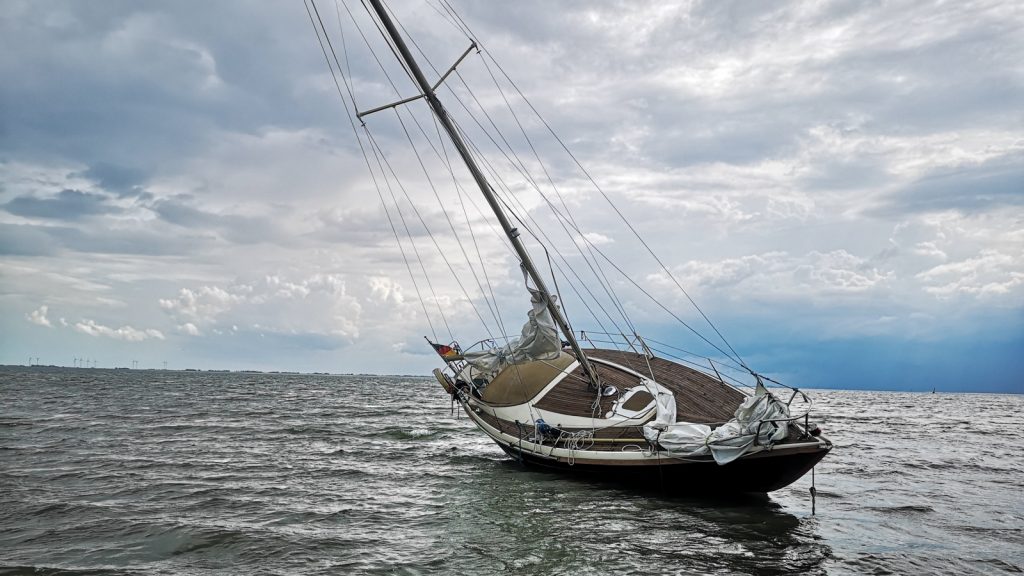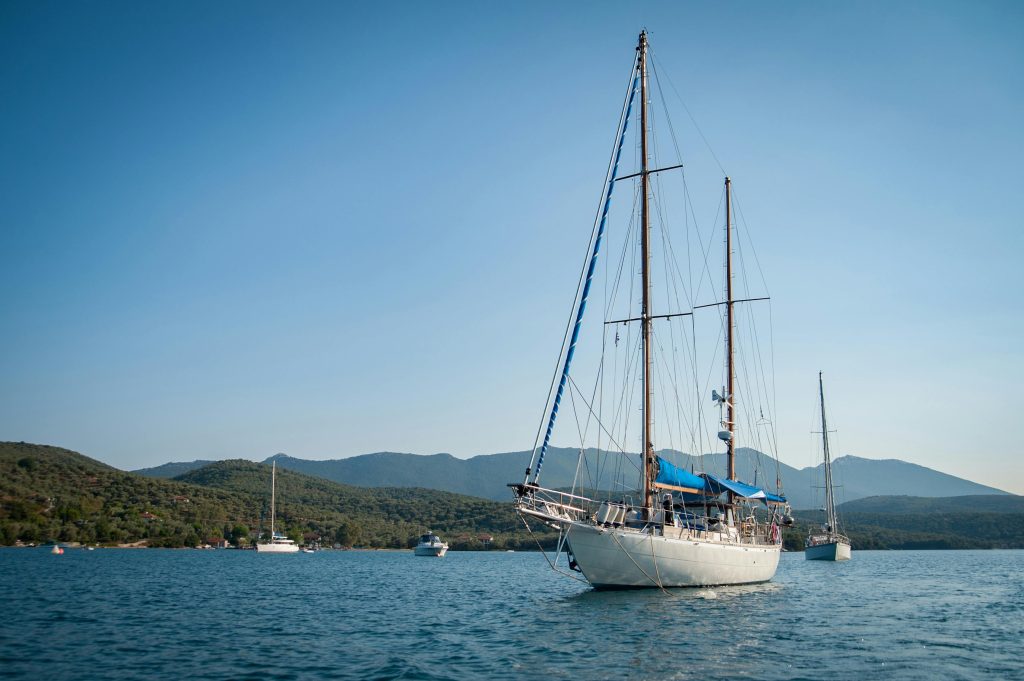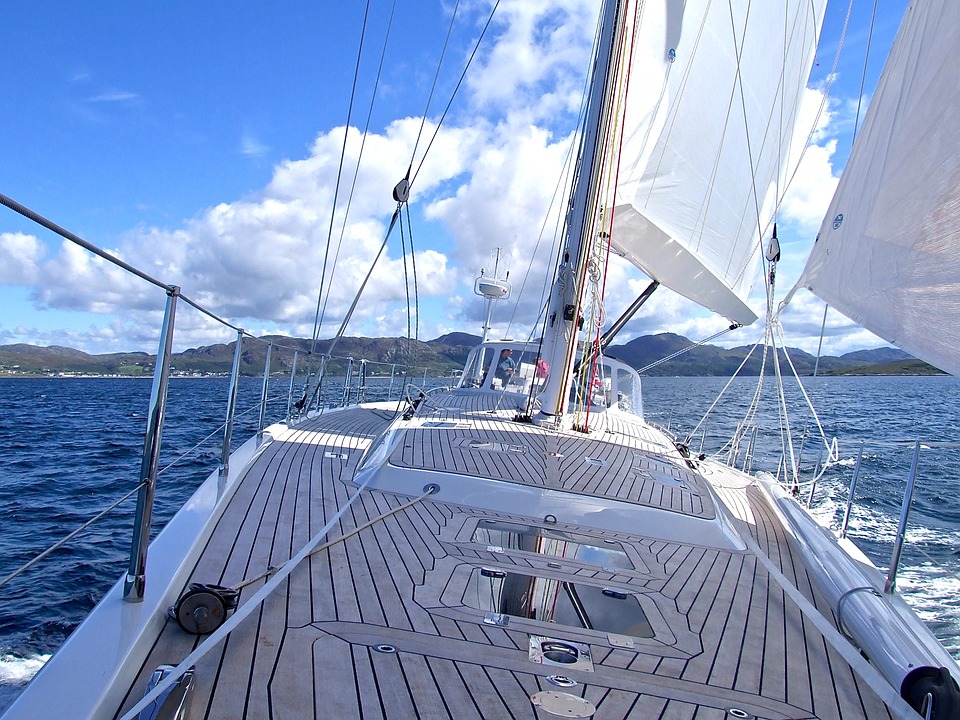Perhaps you’re planning to set sail from our marina in Genoa in a few days, or maybe you’re
planning a Mediterranean cruise, or perhaps you’re simply thinking of a day trip, returning to our
tourist port in Liguria even before sunset. Of course, the objectives of those who leave their berth in
the morning can be quite diverse: some aim for a fun day with friends or family, some want to explore
a never-before-seen archipelago, while others desire a satisfying fishing trip. In reality, everyone’s
underlying and priority goal is to return to their berth without incidents or hassles, or at least to
reach their destination port without any problems.
It’s therefore always useful to review the fundamentals of safe and prudent navigation, to protect our
health, that of those sailing with us, and of course, that of our beloved boats, both small and large.
Here are 10 tips to keep in mind to arrive in port without any troubles!

10 tips to ensure you always reach your destination tourist port
- Check the weather forecast before leaving the tourist port: there’s no doubt that among
the main threats to boaters are those of a meteorological nature, knowing that the sea doesn’t
forgive oversights in this area. While it’s true that a good sailor should always be ready to facebad weather in the right way, it’s also true that it would always be better to avoid being caught
off guard and sailing in stormy seas. Before leaving your berth or even before arriving at the
tourist port, it’s therefore advisable to check the forecast and consult the maritime weather
bulletin, carefully choosing the source of information and comparing various estimates.

- Pay attention to boat maintenance: for safe navigation, it’s of fundamental importance to
have a secure hull. Think of a healthy underwater hull, a rudder that responds well to stimuli,
well-maintained seacocks, well-inspected masts, bilge pumps ready to operate, perfectly
functioning navigation lights, and so on. All this is only possible with thorough checks at the
beginning of the season followed by more superficial but frequent and targeted checks during
the use of the boat. - Pay attention to engine maintenance: in many cases, the inability to return to one’s berth
or to independently reach the intended tourist port is dictated by engines that break down at
the worst moments. To reduce the chances of having significant engine failures during
navigation to almost zero, it’s advisable to perform regular engine services, treat it properly,
and always have the main spare parts on hand to replace the parts subject to greater wear. - Make sure the safety equipment is in order: no one would ever want to use it, and the
hope is to always leave it untouched in the lockers. But certainly, to navigate safely and to be
able to face any eventuality, it’s very important to ensure that all safety equipment is in
perfect order, that is: present in sufficient numbers, not expired, easily accessible to the entire
crew, compliant, and perfectly functional. Life jackets hidden who knows where, life rafts not
serviced for years, and expired flares risk being dangerously useless. - Study the route: those who navigate on well-known routes, such as those who leave our
tourist port in Genoa for the “usual” Sunday trip, certainly don’t have problems of this kind;
however, those who venture along little-known or unknown routes should check the route before
leaving the berth, studying and planning the trip in advance.

- Inform yourself about local regulations: not all the world is the same. States, Regions,
and even municipal administrations can have different rules in different places. To avoid
putting oneself or others at risk, and to avoid incurring heavy penalties, it’s advisable to
inform oneself about the different rules in force and then respect them. - Respect navigation rules: the Nautical Code is not a set of randomly written rules, just as
the special rules for navigating near the coast or between berths in tourist ports are not
casual. Avoiding proceeding too fast, giving way, staying visible, and using appropriate sound
signals are the basics of safe navigation! - Always clear-headed: when you take the helm, you must always be perfectly lucid,
knowing that navigating is indeed a pleasant, fun, interesting, and relaxing activity, but it can
also be difficult and tiring! It’s therefore good to be sure that you are sufficiently rested, have
a good attention span, and haven’t been drinking. - One of the most important tips, check your VHF before going out to make sure everything works: the boater has various tools available for safe navigation. One of these is obviously the VHF radio, a means of communication that allows you to stay informed, inform others, and of course, make distress calls, contacting the coast guard in case of emergency as well as any nearby vessels. It’s therefore better to review the use of the VHF device and remember the use of the various fundamental channels, from 16 (for distress calls) to 68 (for continuous nautical bulletin)
- Consider the option of nautical assistance: finally, to ensure that you can return to your
berth or reach your destination tourist port, it might be worth considering a subscription to a
nautical assistance service. This way, you can count on a prompt, expert, and free (or
reduced-rate) boat towing service when needed – which hopefully will never be the case –
knowing that in some cases you may have to spend several thousand euros to bring a broken
down boat to the nearest landing!


